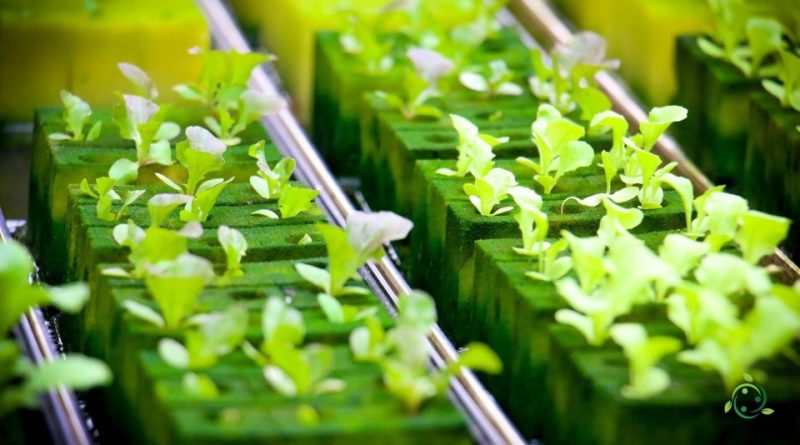How to make a hydroponic culture
How to make a hydroponic culture
Hydroponics is a method of growing plants that relies on the use of nutrient solutions rather than natural soil.
There are different types of hydroponic systems, including drip system, NFT (nutrient film technique) system, floating system, aeroponic system, etc. Choosing the system depends on the needs of the plants you intend to grow, the space available and your budget.
Before proceeding, you need to prepare the container or cultivation system: This can be a tank, a tub or a closed system, depending on the type of hydroponic cultivation chosen.
At this point you need to prepare the nutrient solution.
The nutrient solution is composed of water and essential nutrients for plants, such as nitrogen, phosphorus, potassium and other trace elements. You can purchase prepackaged solutions or prepare a homemade solution by following the instructions on the nutrient package.
The irrigation system depends on the type of hydroponics. For example, in the drip system, pipes and valves are needed to distribute the nutrient solution to the plants. In the NFT system, the solution flows through a series of thin channels on which the plant roots are positioned.
At this point you need to purchase or prepare the substrate or support for the plants. Even if the plants grow without soil, it is necessary to provide support for the roots. It can be rock wool, perlite, vermiculite, expanded clay or other inert materials.
The plants are placed in the substrate or support so that the roots are in contact with the nutrient solution.
It is important to monitor pH, water temperature and nutrient concentrations in the nutrient solution regularly and adjust accordingly to ensure your plants are getting everything they need to grow healthily.
If plants are grown indoors, you need to provide artificial lighting suited to the type of plants you are growing.
Additionally, even if the plants are not grown in soil, they still need good air circulation to grow properly.
Once the plants have grown, they can be harvested and consumed or sold. It is important to continue to keep your hydroponic system clean and functioning for future crops.
Composition of the nutrient solution –
The composition of the nutrient solution for hydroponic growing depends on the type of crop you are growing, its nutritional needs and environmental conditions. However, a basic indication for preparing a balanced nutrient solution suitable for many crops can be the following:
1. Nitrogen (N): 100-150 ppm (parts per million)
2. Phosphorus (P): 50-80 ppm
3. Potassium (K): 150-200 ppm
4. Calcium (Ca): 100-200 ppm
5. Magnesium (Mg): 50-100 ppm
6. Sulfur (S): 50-100 ppm
7. Microelements (iron, manganese, zinc, copper, boron, molybdenum): traces
You can prepare this solution by mixing fertilizer salts in distilled or demineralized water (which costs less) carefully following the instructions on the packaging of each salt. It is important to check and adjust the pH of the solution to ensure it is in the optimal range for nutrient uptake by the plant, generally around 5.5-6.5 for most crops.
Remember that nutrient concentrations may vary depending on the growth stage of the plant, so you may need to adjust the nutrient solution accordingly throughout the growth cycle. Additionally, you should carefully monitor the electrolyte conductivity (EC) of the solution to ensure it is in the appropriate range for your crop and to prevent problems with excessive salinity or nutrient deficiency.
Conductivity value –
Electrolytic conductivity, often referred to as EC (Electrical Conductivity), is a measure of the ability of a liquid to conduct electrical current. In a hydroponic culture, the electrolytic conductivity of the irrigation water is an important parameter to monitor as it provides information on the total concentration of salts dissolved in the water, which influence the availability of nutrients for the plants.
The value of desirable electrolytic conductivity may vary depending on the specific needs of the cultivated plants and environmental conditions. However, in general, for most hydroponic crops, the recommended electrolyte conductivity range is around 1.5-2.5 mS/cm (millisiemens per centimeter), but this can vary depending on the type of plant, the growth stage and environmental conditions such as temperature and humidity.
It is important to regularly monitor the electrolyte conductivity of irrigation water and adjust it as necessary to ensure that plants receive the adequate amount of nutrients without suffering damage from over- or under-salt loading.

